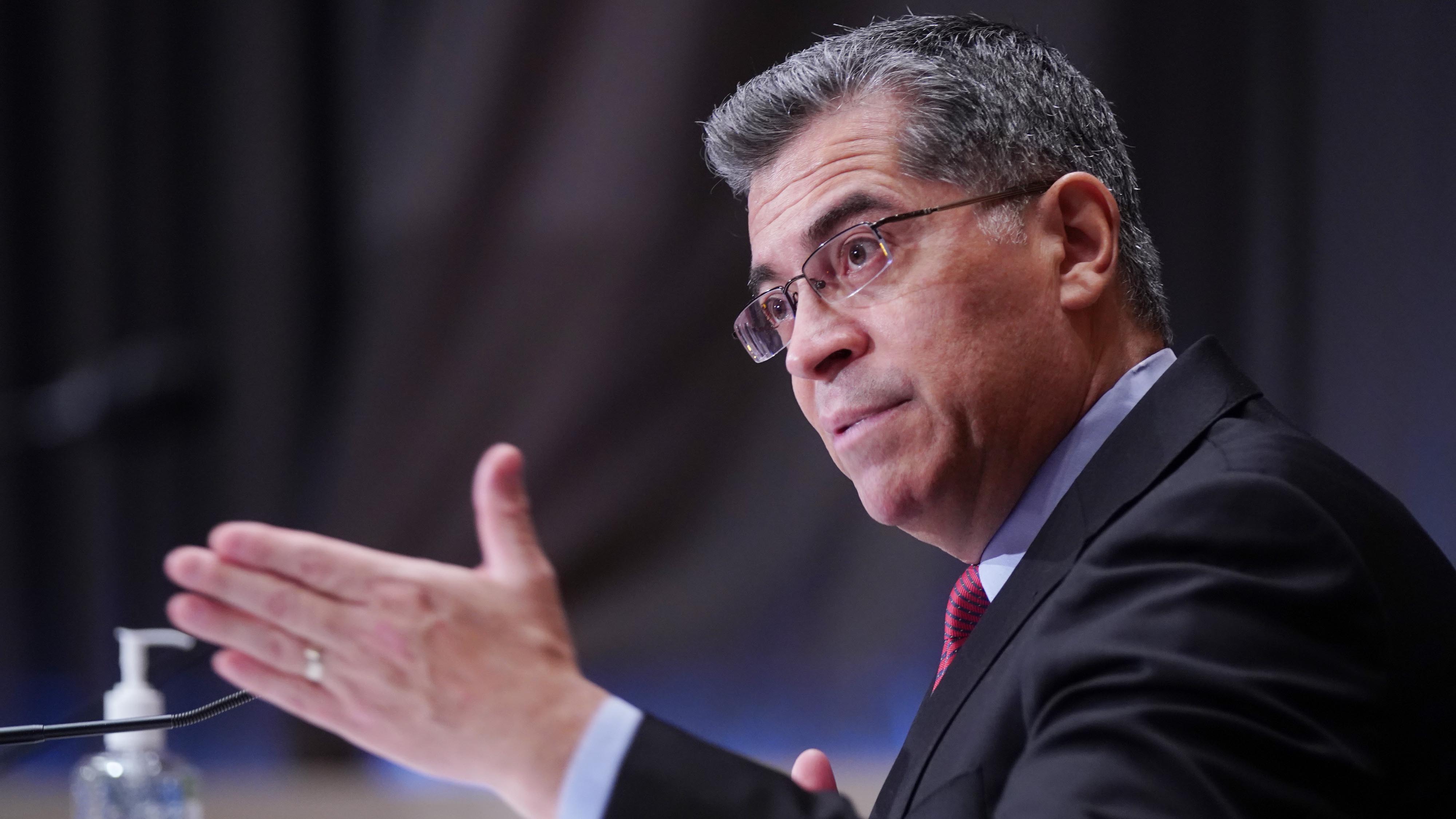Fire chiefs from various counties gathered for annual meeting with not-so-great news. Patrick Healy reports for NBC4 News at 5 p.m. on Thursday, June 14, 2018.
Even as fire crews were dealing with brush fires flaring in El Sereno and San Bernardino, chiefs from across the southern California region were meeting in Bellflower to coordinate response to the wildfire season already underway.
"This one has started out as active as last season was," observed Thom Porter, chief of Cal Fire's southern region.
"It's going to be just as bad," said Daryl Osby, fire chief for Los Angeles County.
That is a frightening thought, since 2017 witnessed a devastating series of fires in and around Santa Rosa claim more than 40 lives. Only weeks later, the Thomas Fire spread from Ventura County into Santa Barbara County, burning nearly 500 square miles and becoming the largest fire in recorded California history.
Thursday's brushers, on a pre-summer day of only moderate breezes, did not amount to much. But the concern is that, later in the season, with conditions similar to last year, vast regions could be vulnerable to wildfires growing explosively.
With less rain this past winter and spring than a year ago, there is less wild grass to dry out and become fuel, and that helps. Problem is, last year's unburned grass remains.
"That grass is still there and it's tinder dry and ready to burn," said Mark Lorenzen, Ventura County Fire Chief. Burning grass is often the ignition source for brush and other heavier fuels.
California
News from across California
The trend in recent decades toward larger fires has been the subject of research and debate. There is consensus that climate change -- hotter and drier conditions -- plays a role. But many believe there are other factors, including the unintended consequence of suppression itself resulting in fewer but larger fires. Regardless, with so much development in brushland areas, not providing fire protection is unthinkable.
No matter the causes, fire chiefs see the trend toward bigger fires occurring over a longer season as "the new normal."
The chiefs urged those who live in brushland to clear the fuels, to have an emergency plan, and be ready to evacuate.
"Citizens need to be prepared," Porter said.
Fire agencies are also adding resources and new tools, in addition to the water-dropping Sikorsky Skycranes and Super Scoopers that come on line later in summer.
During the Portola fire near Beverly Hills this week, the Los Angeles Fire Dept. (LAFD) used drone imaging to map the burn zone and look for hot spots. LAFD has also begun using a computer program to project fire behavior and growth in real time.
"That will give us an idea where the fire is going, and what our concerns need to be," said Armando Hogan, LAFD Deputy Chief.
The program, known as WiFire, draws on the federal Forest Service predictive system, weather monitoring networks, satellite data, and an interface developed at UC San Diego, according to research associate Jessica Block, who has been working with LA and other agencies incorporating WiFire.
Based on data parameters, it maps a fire's projected footprint at future times. In as little as 30 seconds, the supercomputer at UCSD can churn through calculations that used to require hours, Block said.
She emphasized an experienced fire behavior analyst is still required to interpret and analyze the projections.
Nevertheless, some of the data is made public on a website, which had 8 million hits during the height of the 2017 fire season last fall.
Ways of making predictive information accessible are also under consideration, Block said. In some ways, it parallels the quake early warning development of recent years.
To deal with the wildfire trend, some see need to make other major changes, such as curtailing development in high fire risk areas. An alternative would be requiring more "life safety services" in risk areas, said Brian Fennessy, a wildfire veteran who recently became chief of the Orange County Fire Authority. Features such as fire sprinklers, additional road access, and tighter control of vegetation would not necessarily stop an approaching wild fire, but would give residents a better chance of escaping alive.
Fennessy believes greater use of large air tankers has helped save lives and reduce property damage, but has not stopped the trend to larger fires.



